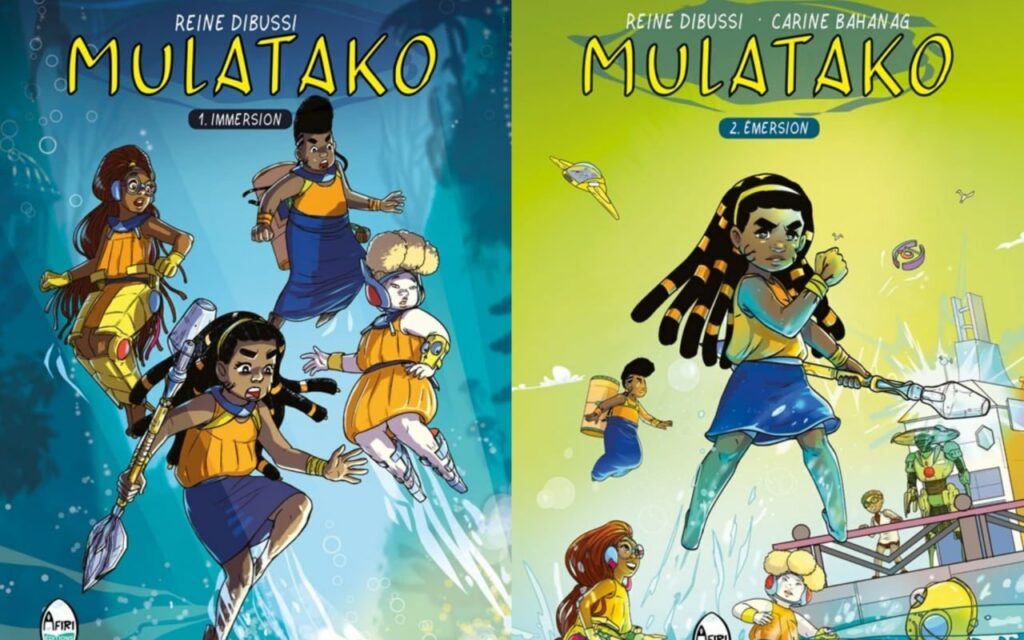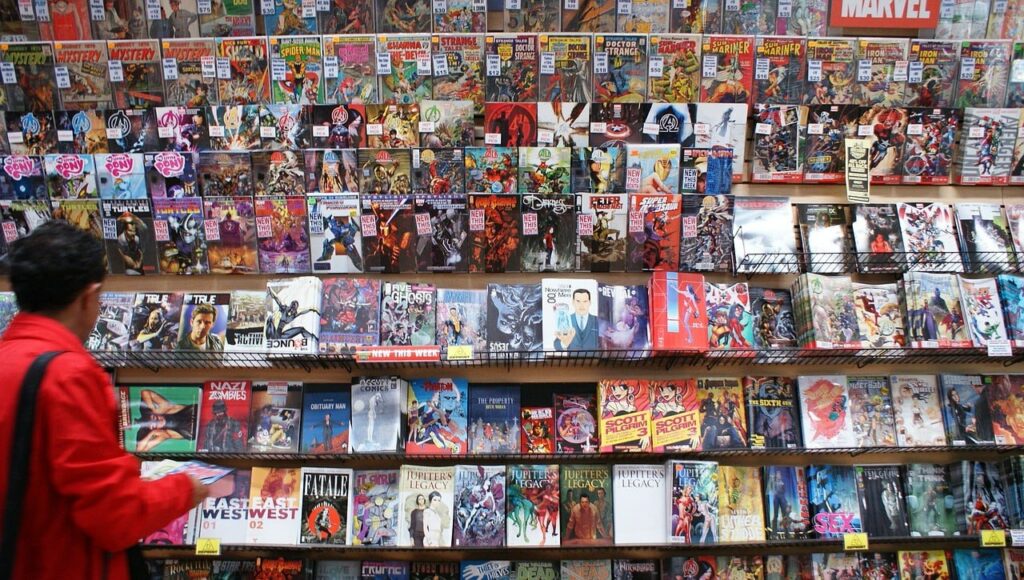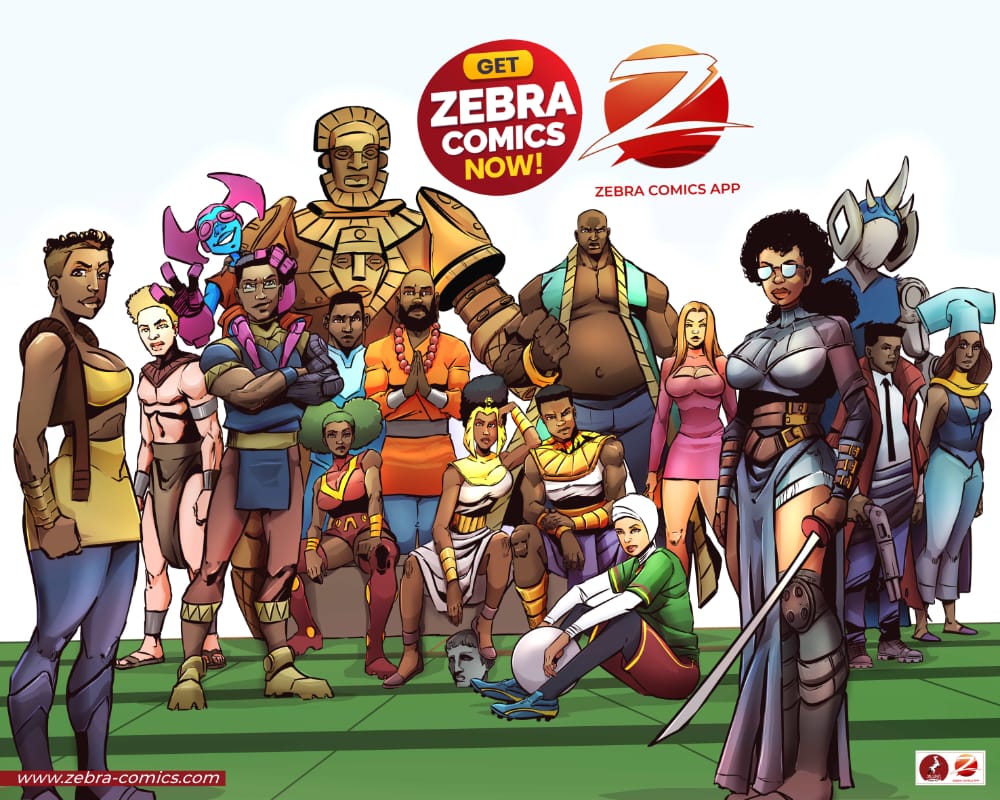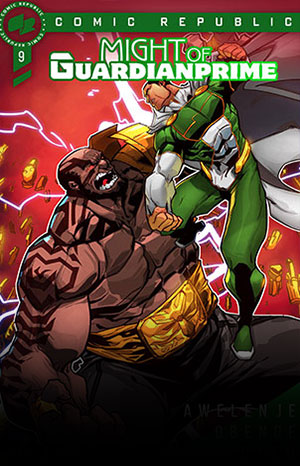Comic books are a popular form of entertainment that has been around for decades. They are usually composed of sequential art and text that tell stories of various genres, such as superheroes, science fiction, fantasy, horror, and more. There are different variations based on style that stem from different parts of the world. Recently, there has been a particular surge in African comics. But comic books are not a homogeneous medium. There are different ways of presenting comic book stories, and two of the most common ones are graphic novels and episodic comics. This is true from all sides of the globe, including African comics.
Graphic novels are comic books that are published as a single, complete story, usually in a longer format than regular comic books. They can be standalone works or part of a series, but they have a clear beginning, middle, and end. Graphic novels often have higher production values, such as better paper quality, colour printing, and hardcover binding. Some examples of graphic novels are Watchmen, Mulatako, La Vie d’Ebène Duta, and The Sandman.

Episodic comics are comic books that are published in shorter installments, usually monthly or weekly. They are part of an ongoing series that may or may not have a definite conclusion. Episodic comics often follow a serialized format, with cliffhangers and subplots that span multiple issues. They are usually printed on cheaper paper, in black and white or limited color, and stapled together. Some examples of episodic comics are The Walking Dead, A Reverie With Nana, Kawana, and Saga.
Both graphic novels and episodic comics have their advantages and disadvantages, for comic book lovers. In this article, we will explore the similarities and differences between these two mediums and seek to decide which is better.
Similarities

One of the main similarities between graphic novels and episodic comics is that they both use the same language of comics: panels, balloons, captions, sound effects, etc. They both rely on the combination of words and images to create meaning and convey emotions. They both use the same techniques of storytelling, such as narration, dialogue, characterization, setting, mood, theme, etc. They both belong to the same tradition of comic book history and culture, and they both draw inspiration from various sources of literature, art, cinema, and more.
Another similarity between graphic novels and episodic comics is that they both offer a wide range of genres and styles for readers to choose from. Whether you prefer action-packed adventures, psychological dramas, humorous parodies, or anything in between, you can find graphic novels and episodic comics that suit your taste. You can also find graphic novels and episodic comics that cater to different age groups, from children to adults. You can also find graphic novels and episodic comics that reflect different perspectives and experiences, from diverse authors and artists.
Differences
One of the main differences between graphic novels and episodic comics is the length and structure of their stories. Graphic novels tend to have longer and more complex stories than episodic comics. They often deal with themes that require more depth and nuance than episodic comics. They also have more freedom to experiment with the form and layout of their pages than episodic comics. Graphic novels can be read as standalone works or as part of a larger series, but they always have a clear ending that wraps up the story.
Episodic comics tend to have shorter and simpler stories than graphic novels. They often deal with themes that are more immediate and relevant than graphic novels. They also have more constraints on the form and layout of their pages than graphic novels. Episodic comics are meant to be read as part of an ongoing series that may or may not have a clear ending. They often rely on continuity and references to previous issues to maintain reader interest.
Another difference between graphic novels and episodic comics is the availability and accessibility of their stories. Graphic novels are usually published as single volumes that can be easily found in bookstores or online. They are also more likely to be translated into different languages and distributed internationally than episodic comics. Graphic novels can be read at any time and at any pace by the reader.
Episodic comics are usually published as individual issues that can be harder to find in stores or online. They are also less likely to be translated into different languages and distributed internationally than graphic novels. Episodic comics have to be read in a specific order and at a specific frequency by the reader.
Which is better?

The answer to this question depends on the preferences and expectations of each reader. Some readers may prefer graphic novels because they offer longer and more complete stories that can be enjoyed at their own leisure. Some readers may prefer episodic comics because they offer shorter and more exciting stories that can be followed along with other fans. Some readers may enjoy both graphic novels and episodic comics because they offer different experiences and opportunities for comic book lovers. Additionally, with the growth of technology, webcomics have become a new player in the industry. One which African comic book creators such as Zebra Comics are embracing.
Ultimately, there is no definitive answer as to which is better between graphic novels and episodic comics. They are both valid forms of comic book storytelling that have their own strengths and weaknesses. They are both worth reading and appreciating by comic book lovers.




